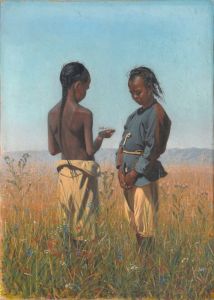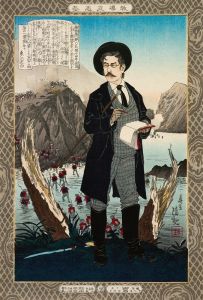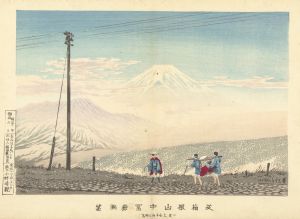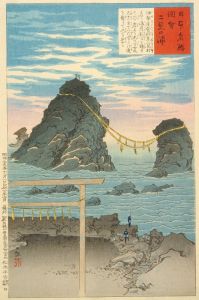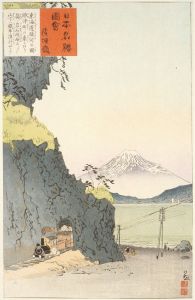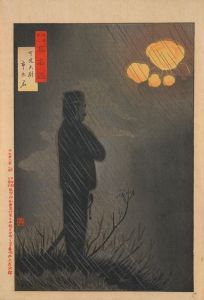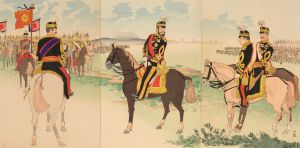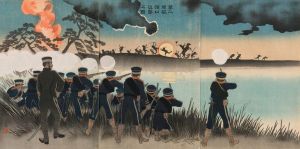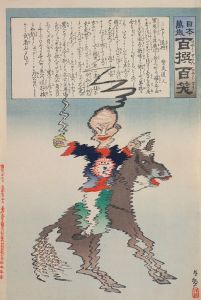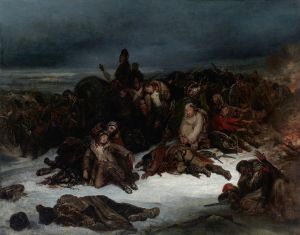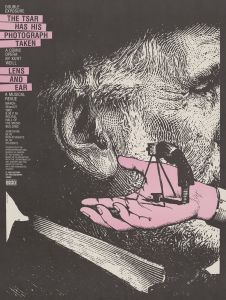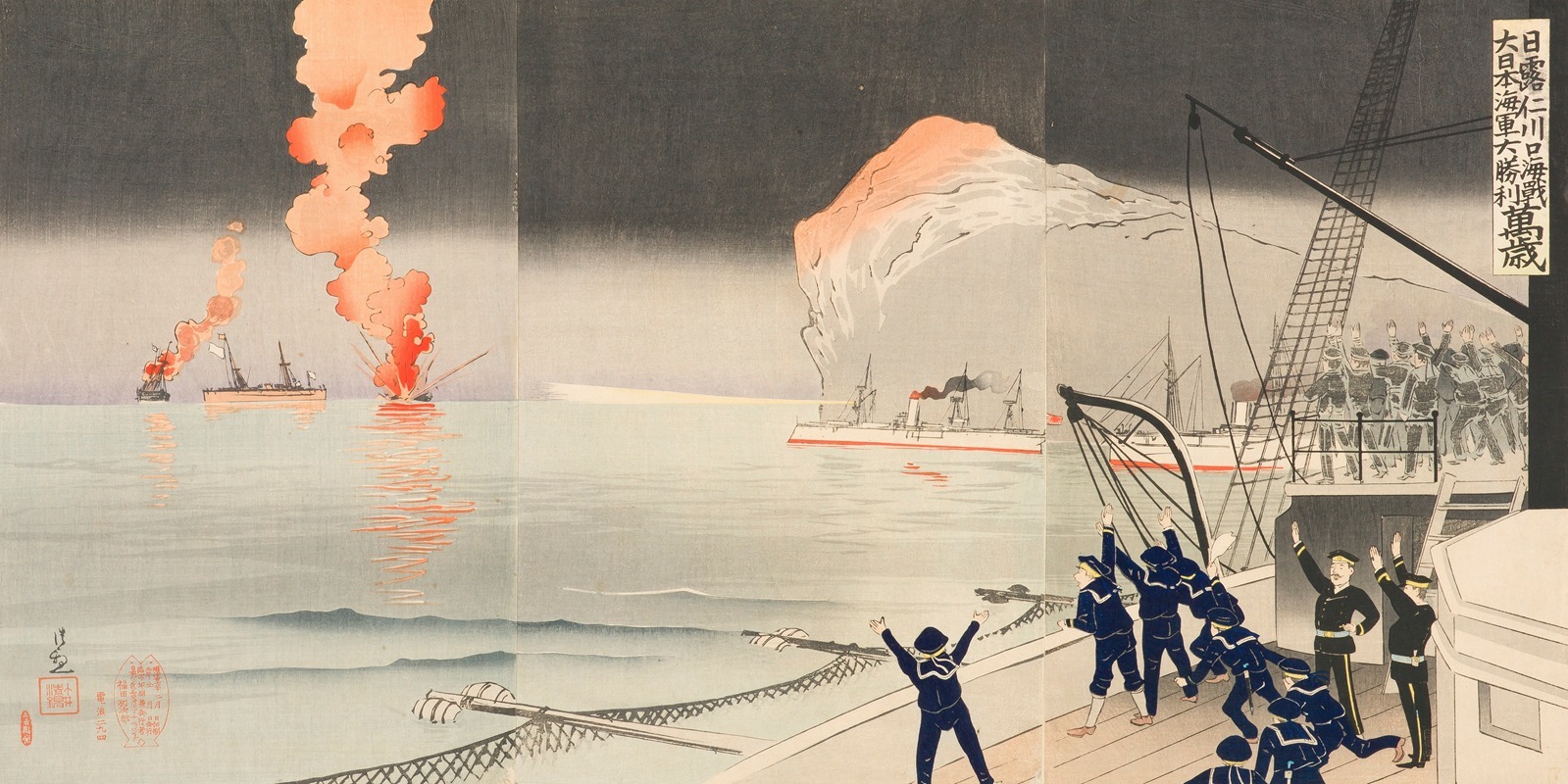
Hurrah for the Great Victory of the Navy of Great Japan at the Naval Battle of Incheon between Japan and Russia
A hand-painted replica of Kobayashi Kiyochika’s masterpiece Hurrah for the Great Victory of the Navy of Great Japan at the Naval Battle of Incheon between Japan and Russia, meticulously crafted by professional artists to capture the true essence of the original. Each piece is created with museum-quality canvas and rare mineral pigments, carefully painted by experienced artists with delicate brushstrokes and rich, layered colors to perfectly recreate the texture of the original artwork. Unlike machine-printed reproductions, this hand-painted version brings the painting to life, infused with the artist’s emotions and skill in every stroke. Whether for personal collection or home decoration, it instantly elevates the artistic atmosphere of any space.
"Hurrah for the Great Victory of the Navy of Great Japan at the Naval Battle of Incheon between Japan and Russia" is a woodblock print created by the Japanese artist Kobayashi Kiyochika. This artwork is a vivid representation of the early stages of the Russo-Japanese War, specifically depicting the Battle of Incheon, which took place on February 9, 1904. The print is a part of the ukiyo-e genre, which was a popular form of art in Japan during the Edo and Meiji periods, characterized by its use of woodblock printing techniques.
Kobayashi Kiyochika (1847-1915) was a prominent Japanese artist known for his work in ukiyo-e and his depictions of modernizing Japan during the Meiji era. His works often combined traditional Japanese artistic techniques with influences from Western art, reflecting the rapid changes Japan was undergoing at the time. Kiyochika's prints are notable for their dramatic use of light and shadow, as well as their detailed and dynamic compositions.
The Battle of Incheon, also known as the Battle of Chemulpo, was one of the first naval engagements of the Russo-Japanese War. It occurred near the port of Incheon (then known as Chemulpo) in Korea. The conflict began when Japanese forces launched a surprise attack on the Russian fleet stationed at the port. This battle was significant as it marked the beginning of hostilities between Japan and Russia, leading to a larger conflict that would last until 1905.
In Kiyochika's print, the scene is depicted with a sense of urgency and movement, capturing the chaos and intensity of the naval battle. The Japanese fleet is shown in the foreground, with warships firing their cannons and creating plumes of smoke that fill the sky. The Russian ships are depicted in the background, under heavy attack and in disarray. The composition of the print emphasizes the might and coordination of the Japanese navy, celebrating their victory in this crucial engagement.
The print serves not only as a historical record of the battle but also as a piece of propaganda, highlighting the strength and prowess of the Japanese military. During this period, Japan was keen to assert its dominance in East Asia and to demonstrate its capabilities as a modern, industrialized nation. Artworks like Kiyochika's played a role in bolstering national pride and supporting the war effort.
Kiyochika's "Hurrah for the Great Victory of the Navy of Great Japan at the Naval Battle of Incheon between Japan and Russia" is an important example of how art can be used to document and influence public perception of historical events. It remains a valuable piece for understanding the cultural and historical context of the Russo-Japanese War, as well as the artistic innovations of the Meiji period in Japan.





